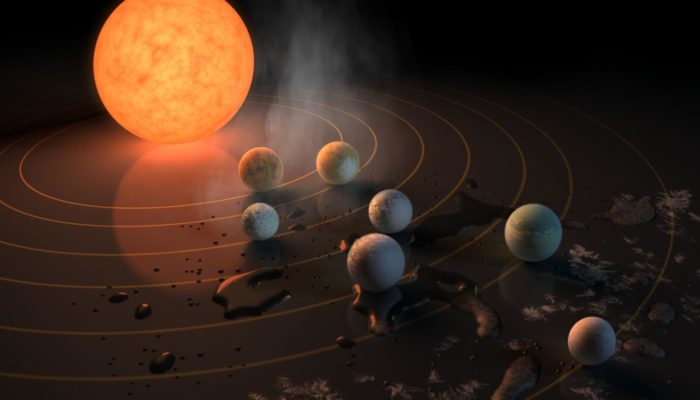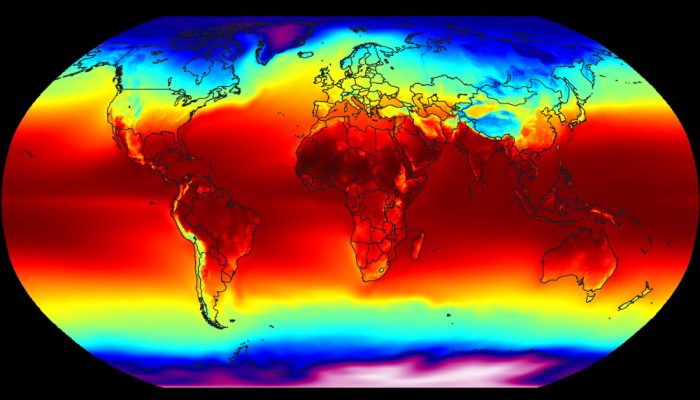Neil Mancktelow published this Must-Read paper on the concept of “tectonic pressure” in 2008. The paper reviews previous work and theoretical concepts published on this fundamental topic. Additionally, numerical models that estimate the magnitude of tectonic pressure variations are presented for several realistic natural structures, such as folds, boudins, and inclusions. The premise of tectonic p ...[Read More]
TS Must-Read – Cowie (1998) A healing-reloading feedback control on the growth rate of seismogenic faults
This study provides a simple numerical model of fault rupture that describes the development of fault systems from the initial nucleation of numerous small faults to the localisation of deformation into few major faults. The model presented is based on two main considerations: first, earthquakes cause stress changes that can either advance or delay failure on neighbouring faults. Second, for failu ...[Read More]
TS Must-read – Buck (1991): Modes of continental lithospheric extension
Buck (1991) aims at solving the intense ‘70s and ‘80s tectonic debate concerning the way extension is accommodated in continental regions (see our previous blog posts here and here). His article explores the physical conditions that can lead to the three end-member modes of lithospheric extension in continents: core complex mode, wide rift mode and narrow rift mode. The three extensional modes th ...[Read More]
GeoMod 2021 in Utrecht: connecting on-site and online
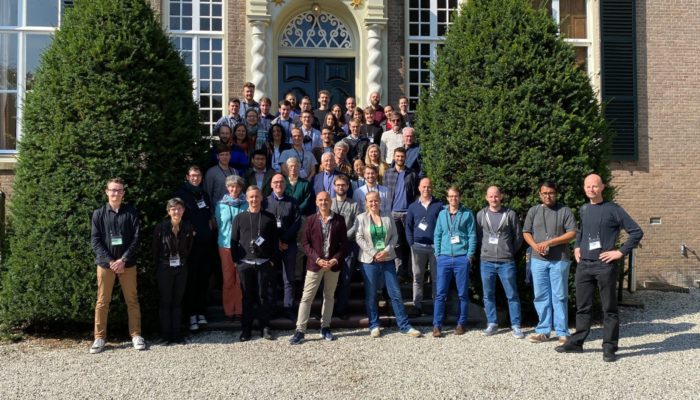
After a year and a half in which all of us have had to become accustomed to meeting our colleagues and collaborators only in digital space, it was finally time for an in-person conference again. From 19-23 of September 2021, the ninth edition of GeoMod took place in a conference center outside sunny Utrecht (the Netherlands). The organizing committee, led by Ernst Willingshofer, Ylona van Dinther, ...[Read More]
The Makran accretionary wedge: an ideal natural laboratory to study accretionary processes.
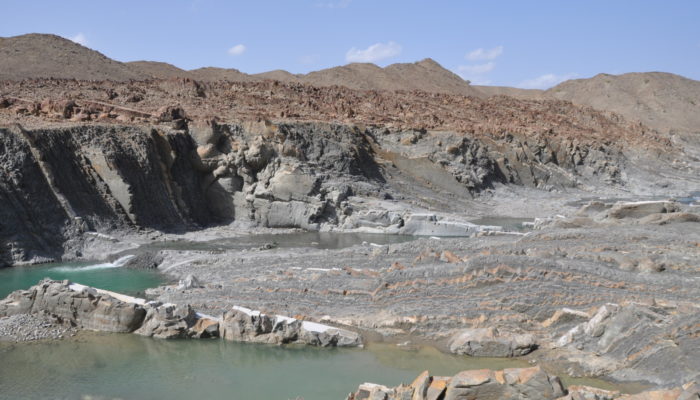
How does an accretionary wedge form? For this edition of Minds over Methods, we have invited Jonas Ruh, lecturer in the Structural Geology and Tectonics group of the Geological Institute at the Department of Earth Sciences, ETH Zürich, to tell us about the Makran accretionary wedge, one of the largest on Earth. He explains how the use of field observations and numerical modelling helped him to bet ...[Read More]
Beyond Tectonics: Building fictional worlds to better understand our own
In this edition of “Beyond Tectonics” Ben Blackledge and Hannah Davies talk about worldbuilding and how it can be applied to the discipline of tectonics and tides. Ben Blackledge recently completed his MSc in Bangor and will soon be beginning a PhD in Bristol University. Let’s begin with a question. Are the tides always the same on every planet? Because of the force of gravity, ...[Read More]
Beyond tectonics: The present-day tides are the biggest they have been since the formation of Pangea
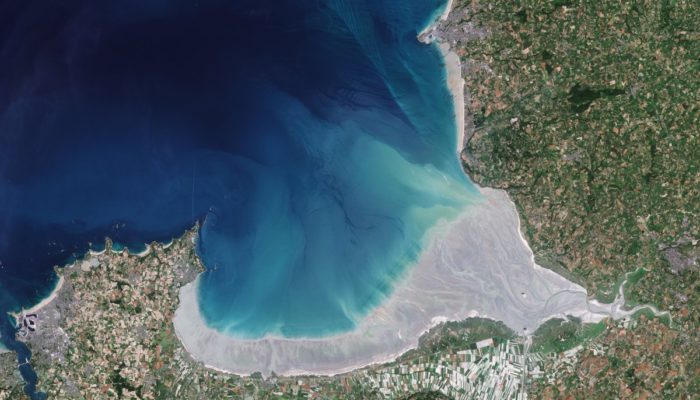
“Beyond tectonics” is a blog series which aims to highlight the connections between tectonics and other aspects of the Earth system. In this iteration of the “Beyond tectonics” series we talk about how plate tectonics have affected the tides on Earth over geological timescales. We will talk about tectonics on the Earth since the formation of Pangea to the present day, and i ...[Read More]
Meeting Plate Tectonics – Nicolas Coltice
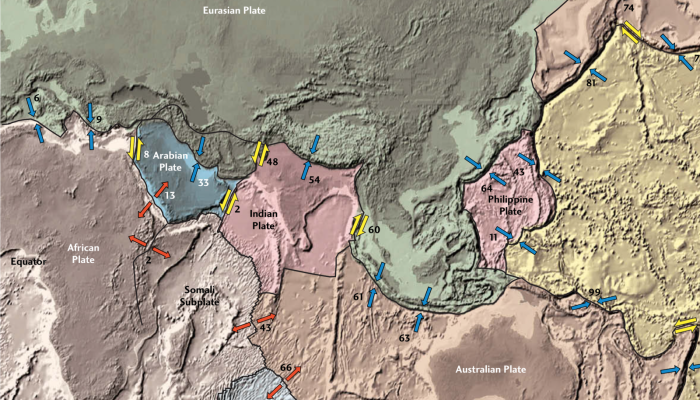
These blogposts present interviews with outstanding scientists that bloomed and shape the theory that revolutionised Earth Sciences — Plate Tectonics. Get to know them, learn from their experience, discover the pieces of advice they share and find out where the newest challenges lie! Meeting Nicolas Coltice Nicolas Coltice graduated with a PhD from the École Normale Supérieure of Lyon, France. He ...[Read More]
Minds over Methods: Numerical modelling
Minds over Methods is the second category of our T&S blog and is created to give you some more insights in the various research methods used in tectonics and structural geology. As a numerical modeller you might wonder sometimes how analogue modellers scale their models to nature, or maybe you would like to know more about how people use the Earth’s magnetic field to study tectonic processes. ...[Read More]


